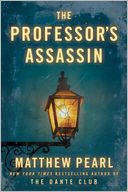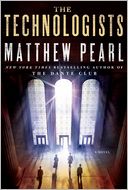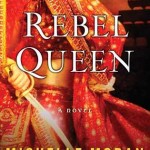 The Professor’s Assassin by Matthew Pearl is a prequel short story to his new novel, The Technologists.
The Professor’s Assassin by Matthew Pearl is a prequel short story to his new novel, The Technologists.
The main character of The Professor’s Assassin is not the assassin. It’s the man who finds him. Which is an excellent thing, because William Barton Rogers is a much more fascinating character.
Rogers is a professor of the practical sciences. At the still relatively young University of Virginia, he is the professor of practical science.
In 1840, the University of Virginia was plagued by student protests and campus riots. The more hotheaded among the student body were violently petitioning for the right to bear arms on campus.
The violence escalated to frenzies of drunken rock-throwing at faculty housing. Of course, the rioters were always masked and hooded before they started drinking and beating on the walls of the houses with clubs, so no one could be identified in the morning.
One night, Rogers decided he’d had enough. He went out to confront the rioters. He confronted the leader face to face. Or face to mask. The young man threatened Rogers repeatedly, asking him how he dared to challenge the “University Volunteers”. Rogers walked away, daring the man to shoot him in the back, not certain that he wouldn’t, scared that the young man would and knowing, certain that if he wavered in the assuredness of his strike for one instant, the man would bring him down.
The next morning the President of the University was found shot outside of his home. Although President Davis knows who shot him, he refuses to name his assailant. A few days later he dies of his wound.
Rogers is a man of science. He also feels compelled to find justice for his friend and colleague.
As Rogers works through the case he feels he must solve, and the reasons why he must solve it, he finds himself dealing with the differences between his own practical methods, and the more philosophical minds of his peers.
 It is as he works through his solution for this case that the germ of the idea for MIT is born.
It is as he works through his solution for this case that the germ of the idea for MIT is born.
Escape Rating B: This was a good introduction for The Technologists, and the story holds up on its own merits. The notes in the back are a must-read, because they explain how the author used the documentation of the real case to build the story. The story is closely based on a historic event. Davis was assassinated, and he did refuse to name his killer. A good bit of the rest is storyteller’s license, but Pearl used that license well.









